GINA Rinehart’s Hancock Prospecting has told a live export forum in Townsville this morning that it hopes to start exporting cattle from northern Australia to a quarantine island near China in about one year’s time.
Hancock’s innovative quarantine island plan is potentially a very big deal for the entire northern Australian cattle industry because, if the proposal wins Chinese Government approval, it will effectively give producers across northern Australia much better access to the Chinese market than they have now.
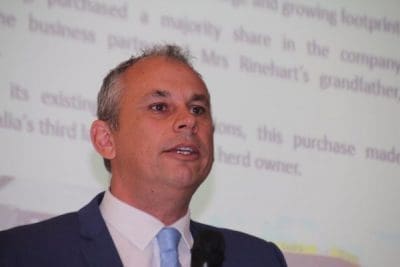
Hancock Prospecting’s Adam Giles addressing this morning’s live export forum in Townsville
Despite only a handful of air and sea consignments from Australia to China since the new protocol was signed in 2015, China is still seen as a market of potentially major growth for Australia’s live cattle export industry going forward.
However, protocol restrictions applied by China largely limit supply opportunities at present to Southern Australia. China imposes strict biosecurity constraints on cattle imports from the large area of northern Australia covered by the Bluetongue Virus possible transmission zone.
This is despite the fact the strains of bluetongue that exist in northern Australian have never caused clinical disease in Australian cattle.
Hancock has signed Heads of Agreements with four Chinese joint venture partners to establish a cattle receiving, quarantine, lotfeeding and processing facility on Jintang Island, just off the coast near Shanghai.
Hancock’s Adam Giles told the AgForce livestock export forum in Townsville this morning that Hancock is currently seeking a ruling on the bluetongue issue around Jintang Island, acknowledging that it is not part of the mainland of China.
He said everything has been positive to date. The Chinese Government had run a 12-month trial through its quarantine system which ended in August, and was currently testing if imports into Jintang Island would cause any concerns for the mainland.
“We don’t believe they will,” he said. “The important point about this model is it supports the one belt, the one road initiative that the president of China is pursuing.
“We’ve responded as a company to China’s requests, we think we should get a good ruling on that.
“Working with the Chinese Government has been a dream ride – they have been very professional, and within our joint venture, there is a reason we have picked the partners we have picked: they are the best in China, some of the leaders.”
Mr Giles said the existing contract has the company poised, pending regulatory approvals and construction, to start exporting northern cattle to the quarantine island in late 2018, or early 2019.
If that approval is achieved, it will create a strong new level of demand for feeder and slaughter cattle from northern Australia.
Hancock ‘s initial target is to export 150,000 head per annum, building up to 300,000 head per annum over time.
Mr Giles said the company’s northern properties will turn off up to 50,000 cattle per year, meaning that it will be going into the market to purchase the balance when the supply chain is up and running.
“Our target is potentially to move towards 300,000 head per annum,” Mr Giles told the audience of about 100 cattle producer and live export stakeholders.
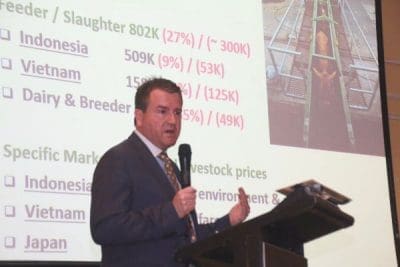
ALEC chief executive Simon Westaway told the conference that figures showing live export volumes in 2017 reinforced the importance of opening new markets
“That should get us an export revenue of between $150 million and $300 million per annum. The benefit for industry is that that money will flow through the supply chain and will open up a new market that will increase demand in northern Australia which should benefit all parties and services.”
“That demand will help industry by lowering its risks, and that stability will motivate a greater level of investment and stabilisation in herd rebuilding right across northern Australia.”
Australian Livestock Exporter’s Council chief executive officer Simon Westaway told the conference that figures showing live export volumes in 2017 reinforced the importance of opening new markets, as Hancock was doing.
Exports to Indonesia in 2017 were down by 9 percent, shipments to Vietnam were down by 44pc, while shipments of dairy and breeding cattle exports were down by 35pc.
Live export forum in photos:
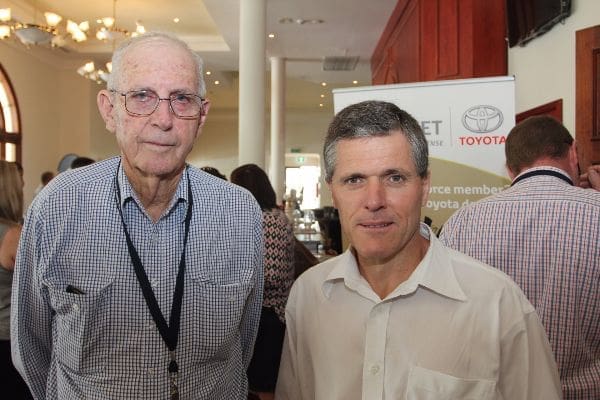
Tom Mann, Hillgrove, Charters Towers and Mike Guerin, CEO, AgForce Queensland.
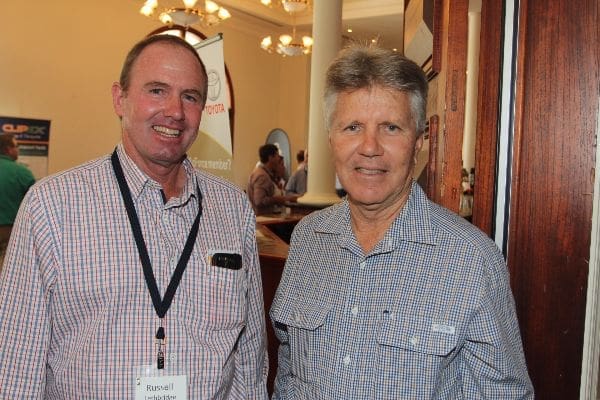
Russell Lethbridge, Werrington Station, Einasleigh and David Cox, Davco Farming, Ayr.
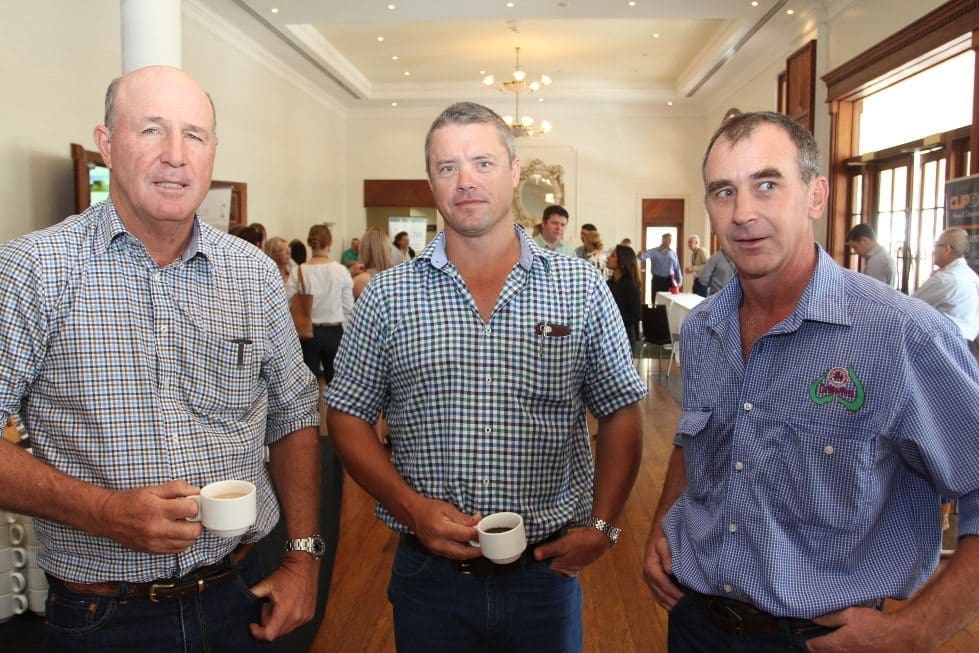
Alister McClymont, Burleigh Station, Richmond, QLD. Jock Warriner, Van Rook Station, Normanton and Glen Kenneally, Glen Kenneally Veterinary Services, Townsville.
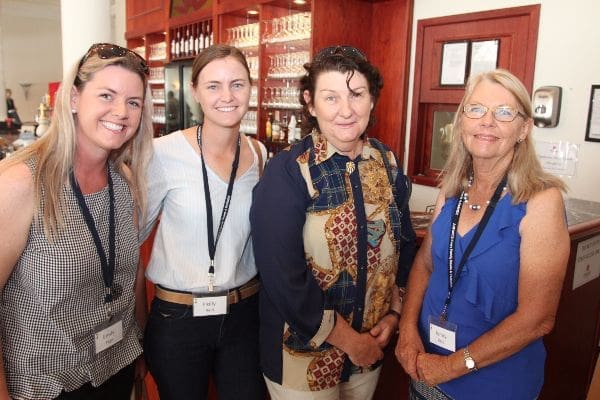
Emily Page, Billabong, Woodstock; Holly Reid, DAF, Charters Towers; Elizabeth Lyons, Four Mile, Major’s Creek and Jenny Reid, Riverside, Hughenden.
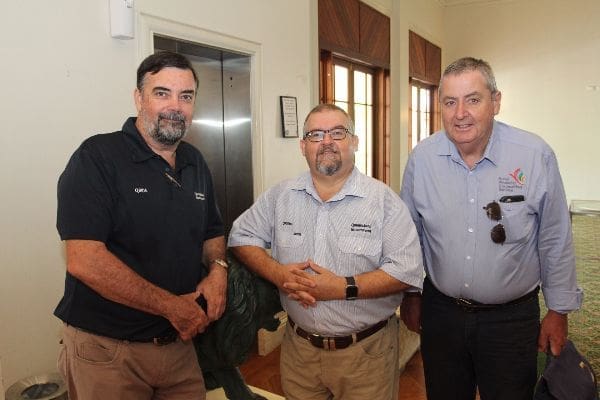
QRIDA regional area managers Peter Crowley (Mackay) and Sam Spina (Innisfail) with Townsville based rural financial counsellor Ian Durham.
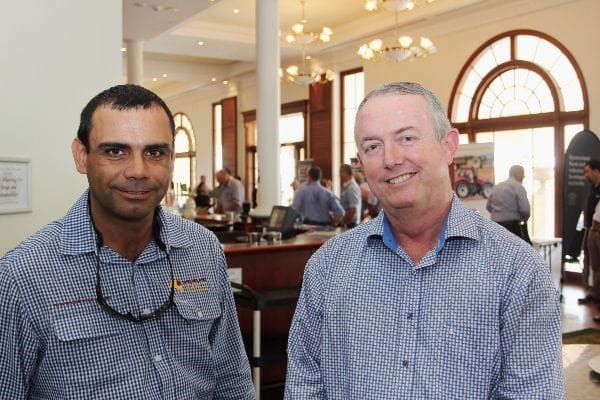
Troy Trevor, Queensland Rural, Charters Towners, and Rawdon Briggs, Colliers International.



I totally agree Dick it would be fantastic but we don’t seem to be able to get our head round the fact that we have to sell the product at a price the customer can afford to pay.
Dick. You are right, that would be the best, but unfortunately we have the highest processing costs of any country in the world by a significant margin. If we were to process here, then we would price ourselves out of the Chinese market.
The last week in China sets the scene for major geopolitical shifts. China is establishing a framework to shift itself into a far more influential position within world trade and to be able to reduce it’s reliance on sea trade routes. It will simply do things its own way and in its own interests. Value adding within their own business environment where they have control is more economically advantageous for their interests. They rarely do anything without a long game approach and politically this is now secured for a considerable time ahead. No worries about opposition, freedom of speech, pesky elections, and an iron grip on the structures and functions of government at every level. We have only seen the start of things to come.
I’m quite sure Hancock knows a lot more about how to do business in China than I do!. But wouldn’t it be great if the cattle could be fed in Australia, slaughtered in Australia, fabricated and packed here and sent to China either chilled by air freight or hard frozen by sea freight. That’s the way I’d like to see the trade develop. Wouldn’t it be great if the Hancock money could be spent building a brand new feedlot and processing facility right here where the cattle are?
Fully support Hancock Prospecting’s innovative strategy to export live cattle to China from Northern Australia
It’s funny how the Chinese will be happy to take our beef live but are happy to suspend meatworks from sending box meat over a stupid little thing. And also the Chinese government is also making it hard for meatworks to become China aproved